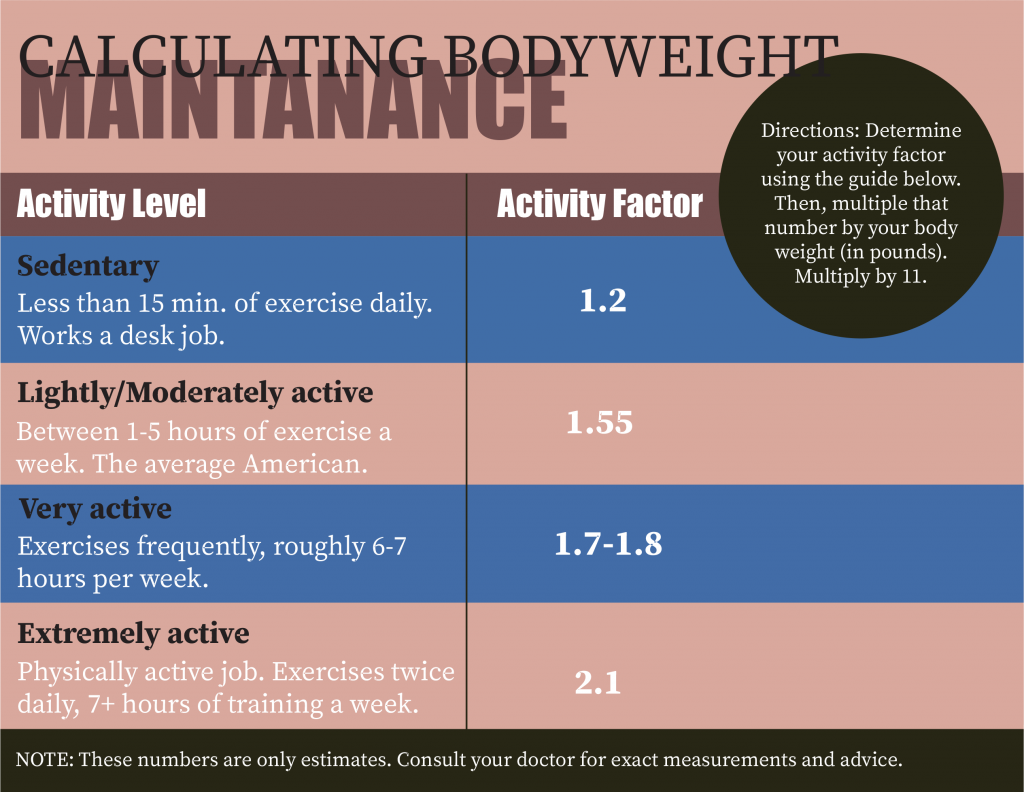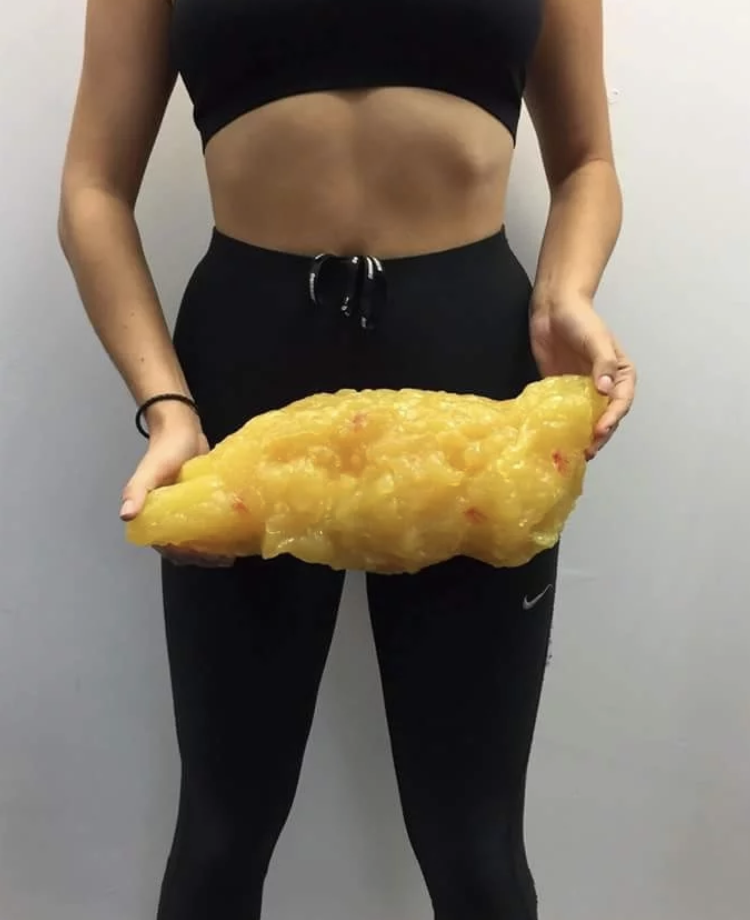With spring break less than a month away, many students at the University of Miami are already looking forward to beachfront getaways, cruises and staycations in the Miami sun. However, the impending vacation often comes with a pressure to get the perfect “spring break body.” While many students may be tempted to resort to crash dieting to achieve their ideal physique, these methods are often unhealthy.
While no one should feel the need to drastically change their body, spring break can serve as newfound motivation to implement healthier habits. This is a great opportunity for students to jump-start sustainable fitness and nutrition habits, with the added bonus of producing noticable results by March 9.
Though different people will always have varying fitness goals, one of the most common objectives for young Americans today is fat loss. One month might not be enough time to realistically and healthily achieve dramatic results, but there are plenty of steps students can take to improve their body composition and overall wellness within that time frame.
In fact, Dr. Anthony Musto– a UM professor and director of programming for the Patti and Allen Herbert Wellness Center– said he believes the average person can expect to lose three to six pounds of fat by spring break with the right exercise and nutrition plan. That amount might sound insignificant, but Musto insists that it can result in noticeable change.
Students looking to get leaner before break should focus on three key components: nutrition, exercise and perseverance.
Nutrition
The most important thing students can do to improve their health is take a closer look at their diet.
“The biggest bang for your buck is to focus on nutrition,” Musto said.
Individuals should clean up their eating habits and focus on making the base of their diet vegetables, fruits and lean sources of protein. In addition, Musto advises fitness enthusiasts to cut down on added sugars and processed foods.
People looking to lose weight should strive to eat a caloric deficit, which means consuming less calories than they burn throughout the day. A basic formula (found below) can help individuals find their average maintenance calories– the amount they would need to consume in a day to maintain their current body weight. An online calculator can be found at tdeecalculator.net.

To achieve fat loss, Musto suggests starting with a deficit of 200-500 calories per day. Attempting to cut much more, he warns, could result in overly rapid weight loss, overtraining injuries and loss of muscle.
Once individuals figure out how many calories to eat each day, they can tailor their intake of macronutrients– proteins, carbohydrates and fats– to fit their needs.
The National Academy of Science recommends adults consume 45%-65% of their diet in carbohydrates, 20%-35% in fats and 10%-35% in protein. The exact amounts vary depending on personal preference, but the Academy insists that no individual should be eating less than 1200 calories per day.
Exercise
As important as nutrition is, students should remember that exercise is also a critical component of any fat loss plan or healthy lifestyle. And that means more than just Ubering to the gym, hopping on an elliptical machine for 30 minutes and calling it a day. While cardiovascular work is important, many gym-goers looking to lose weight overlook the benefits of strength training.
“For overall health and physical wellbeing, resistance training is a necessity,” Musto said. It offers benefits that cardio cannot, such as increasing lean body mass and bettering resting metabolic rate.
Musto suggests that new fitness enthusiasts find a strength training plan they can stick to and aim to work each major muscle group two to three times per week. He encourages individuals looking to see results by spring break to engage in full-body workouts, as trying to single out one or two muscle groups per day (a common weightlifting practice) will not produce results as quickly.

He recommends new athletes try out a circuit-style weight lifting workout or even take a few classes in the Wellness Center’s new “Storm Zone.”
Cardio may not be the only facet of a solid fat-loss workout plan, but it should not be overlooked. Musto suggests that individuals looking to achieve serious progress engage in cardiovascular exercise three to five times per week in addition to resistance training. For more experienced fitness enthusiasts, he recommends high intensity interval training.
Perseverance
Setting a goal and working to achieve it is a great way to make progress, but individuals looking to improve their long-term health and wellness need to understand that nobody (and no body) is perfect. Musto warns against “burning the candle at both ends” and expressed concern about students who might try to crash diet their way to a “beach body.”
There is no magic way to get your desired figure without implementing a lifestyle changes, but students should remember that a few slip ups here and there are not the end of the world.
“No one is going to be perfect,” Musto says, “but the thing with diet and exercise is that it’s all about consistency. You won’t gain a pound of fat from one bad meal.”
He suggests students take a healthy, balanced outlook on their goals and aim to follow their plan 80 percent of the time.
“There’s going to be hiccups,” he continued, “but one mistake won’t ruin your plan.”
What will hamper results is when one cheat meal turns into a week’s worth of unhealthy choices. So, if you happen to grab a few beers at a party or an extra slice of cake, enjoy it, but be sure to get back in the weight room.
Ultimately, forming sustainable healthy habits is a lot more important than trying to reach a certain look by spring break. With that being said, following the above tips will lead to notable improvements in a short time frame and the development of a fitter, healthier lifestyle in the long term.
Featured image source: www.flickr.com






